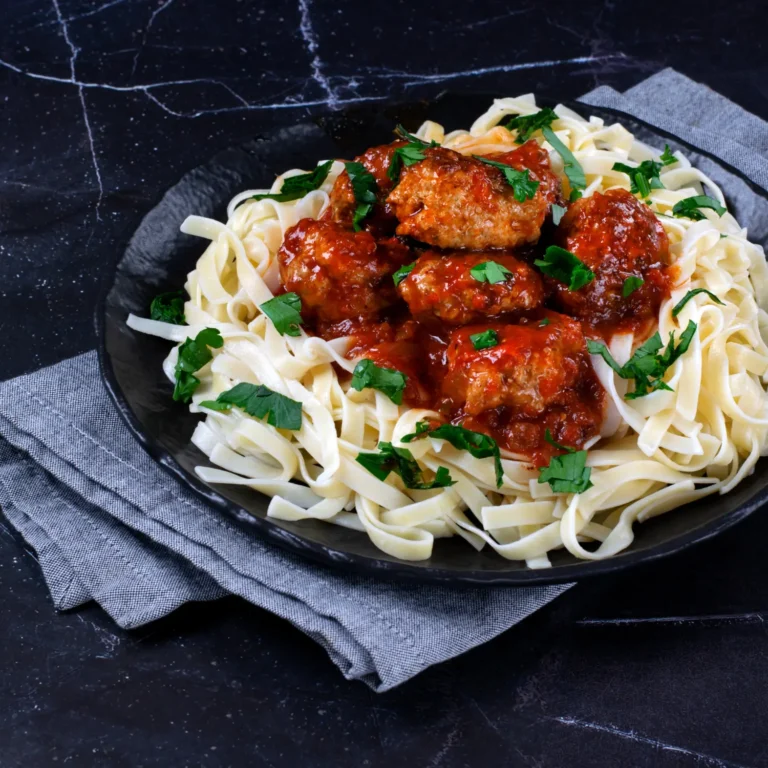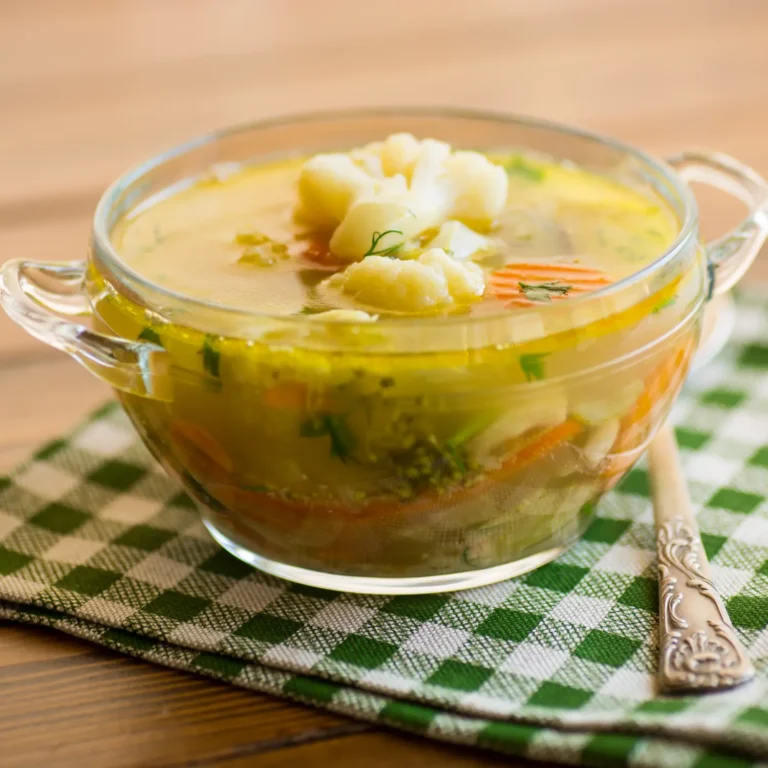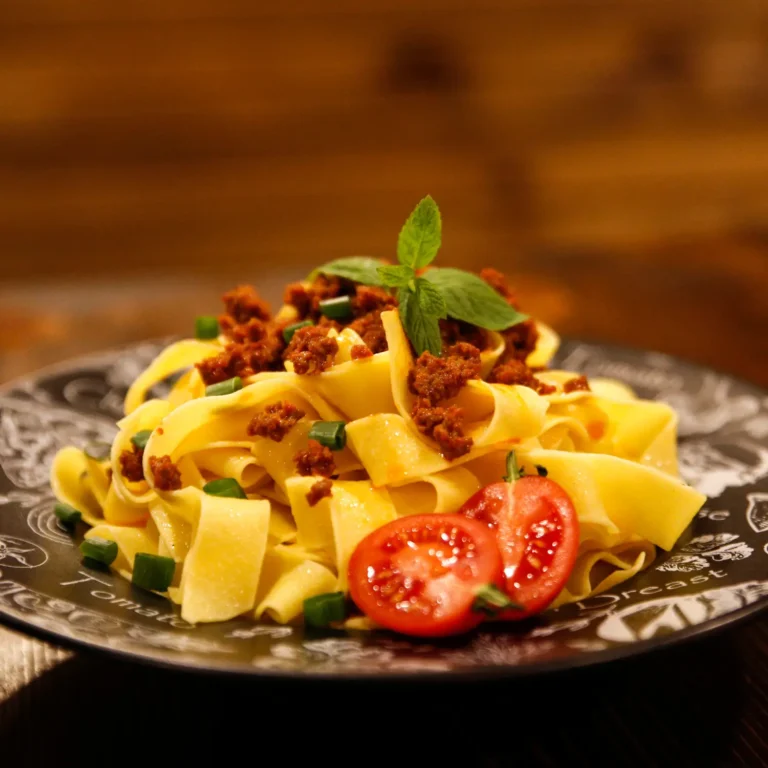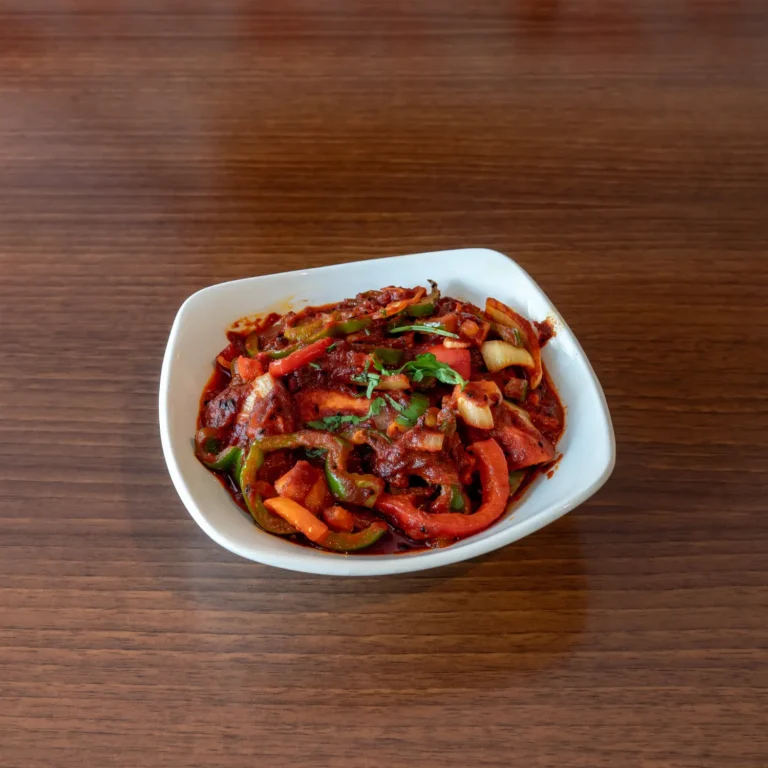Homemade Margherita Pizza Dough Tutorial 🍕✨
Homemade pizza dough is a game-changer for pizza enthusiasts who crave the authentic taste of a Margherita pizza. Crafting your own pizza dough allows you to customize the texture and flavor to your liking. Let’s dive into the art of making the perfect homemade Margherita pizza dough.
Table of Contents
Ingredients for Homemade Margherita Pizza Dough
To embark on this culinary adventure, gather the following ingredients:
- Flour: Choose high-quality pizza flour for optimal results.
- Yeast: Active dry or instant yeast works well for pizza dough.
- Water: Use lukewarm water to activate the yeast.
- Olive oil: A drizzle of olive oil enhances the dough’s richness.
- Salt balances the flavors and helps with dough development.
- Sugar: adds a touch of sweetness to the dough.
Step-by-Step Instructions
1. Mixing and Activating the Yeast
Begin by mixing the yeast with lukewarm water and a pinch of sugar. Allow it to sit for 5-10 minutes until it becomes frothy, indicating the yeast is active.
2. Combining Dry and Wet Ingredients
In a large bowl, combine the flour, salt, and olive oil. Gradually add the activated yeast mixture and mix until a dough forms.
3. Kneading the Dough
Transfer the dough to a floured surface and knead it for about 8-10 minutes. This process develops gluten and ensures a chewy yet tender crust.
4. Allowing it to Rise
Place the kneaded dough in a lightly oiled bowl, cover it with a damp cloth, and let it rise until it doubles in size.
5. Shaping the Pizza Dough
Punch down the risen dough and shape it into a round ball. Roll it out into your desired thickness for the pizza crust.
The Art of Kneading
Proper kneading is crucial for achieving the right pizza dough consistency. Avoid over-kneading, as it can lead to a tough crust. Instead, focus on a rhythmic motion, folding the dough over and pushing it away.
Choosing the Right Flour
The type of flour you use influences the texture and flavor of your pizza crust. Opt for high-protein pizza flour for a crispier crust or experiment with whole wheat flour for a heartier taste.
Yeast: The Secret Ingredient
Understanding the different types of yeast is key to successful pizza dough. Whether using active dry or instant yeast, ensure proper activation by dissolving it in lukewarm water with a pinch of sugar.
Water and Its Role
Maintaining the right water temperature is essential. Lukewarm water helps activate the yeast and ensures proper hydration of the flour, leading to a soft and pliable dough.
Adding Flavor with Olive Oil
Incorporate a drizzle of olive oil into the dough to enhance its flavor and texture. The oil adds richness and helps achieve that perfect bite.
Balancing Act: Salt and Sugar
Salt plays a dual role in pizza dough, enhancing flavor and supporting gluten development. A touch of sugar adds a subtle sweetness that complements the savory elements.
Rising Time and Temperature
Allow the dough to rise in a warm environment for optimal results. The temperature affects the yeast’s activity and the overall texture of the dough.
Shaping the Perfect Pizza Crust
Master the art of shaping the dough by gently stretching it to your desired thickness. Whether thin and crispy or thick and chewy, the choice is yours.
Preventing Common Mistakes
Beware of over-kneading, as it can lead to a tough crust. Additionally, pay attention to rising times, as insufficient or excessive rising can impact the dough’s texture.
Baking Tips for Margherita Pizza
Preheat your oven to ensure a hot baking surface. Experiment with different baking surfaces, such as pizza stones or cast-iron pans, for varied textures.
Sauce and Toppings
Craft a quick Margherita sauce using fresh tomatoes, garlic, and basil. Top your pizza with mozzarella, sliced tomatoes, and fresh basil for the perfect Margherita experience.
Conclusion
Congratulations! You’ve mastered the art of crafting homemade Margherita pizza dough. Experiment with different flour types, kneading techniques, and toppings to create your signature pizza. Enjoy the satisfaction of creating a delicious pizza from scratch in the comfort of your kitchen.
FAQs
Can I use all-purpose flour for pizza dough?
While all-purpose flour works, using pizza flour with a higher protein content yields a better texture.
How long should I let the dough rise?
Allow the dough to double in size, typically taking 1-2 hours.
Can I freeze the pizza dough for later use?
Yes, you can freeze the dough after the first rise and thaw it when it is ready to use.
Save this pin!








